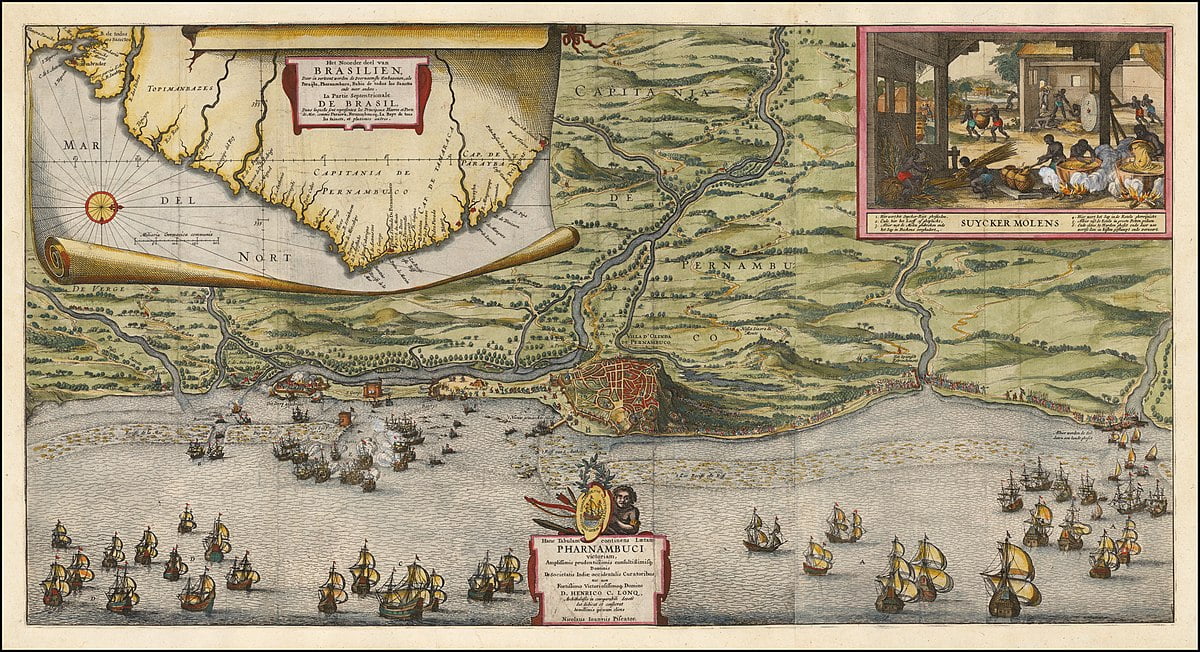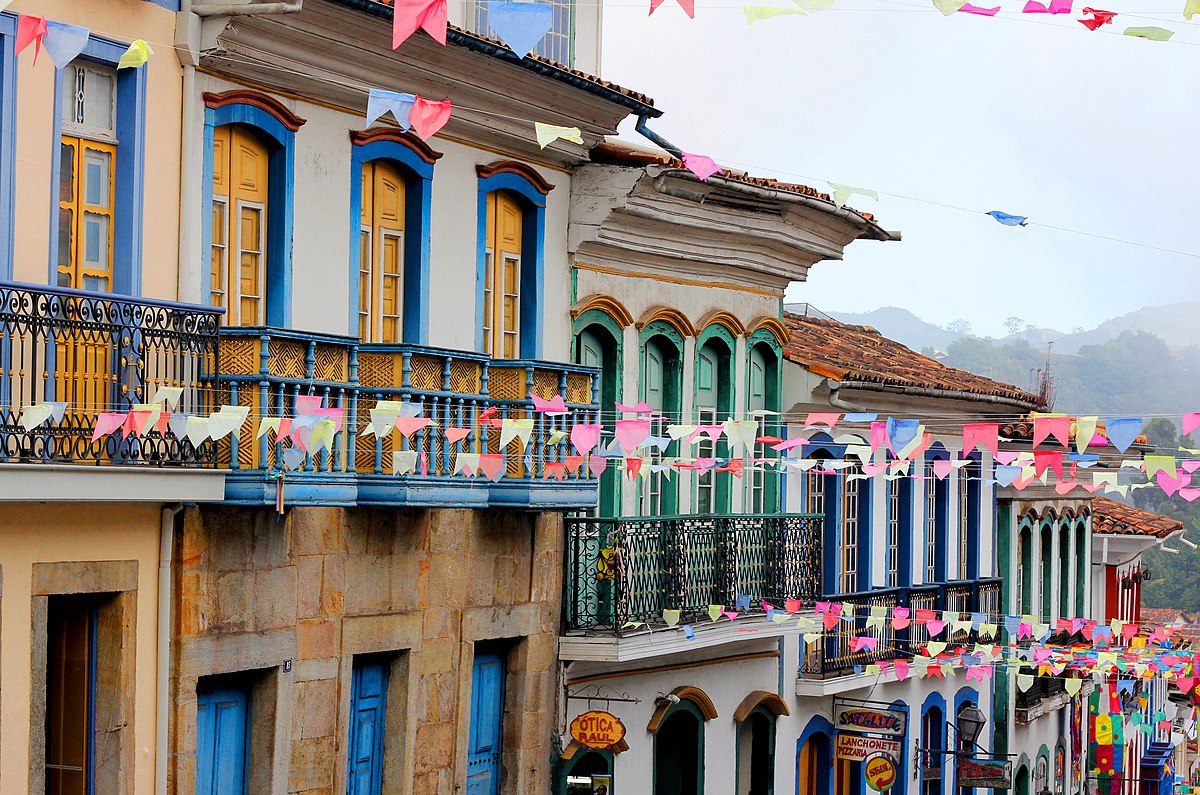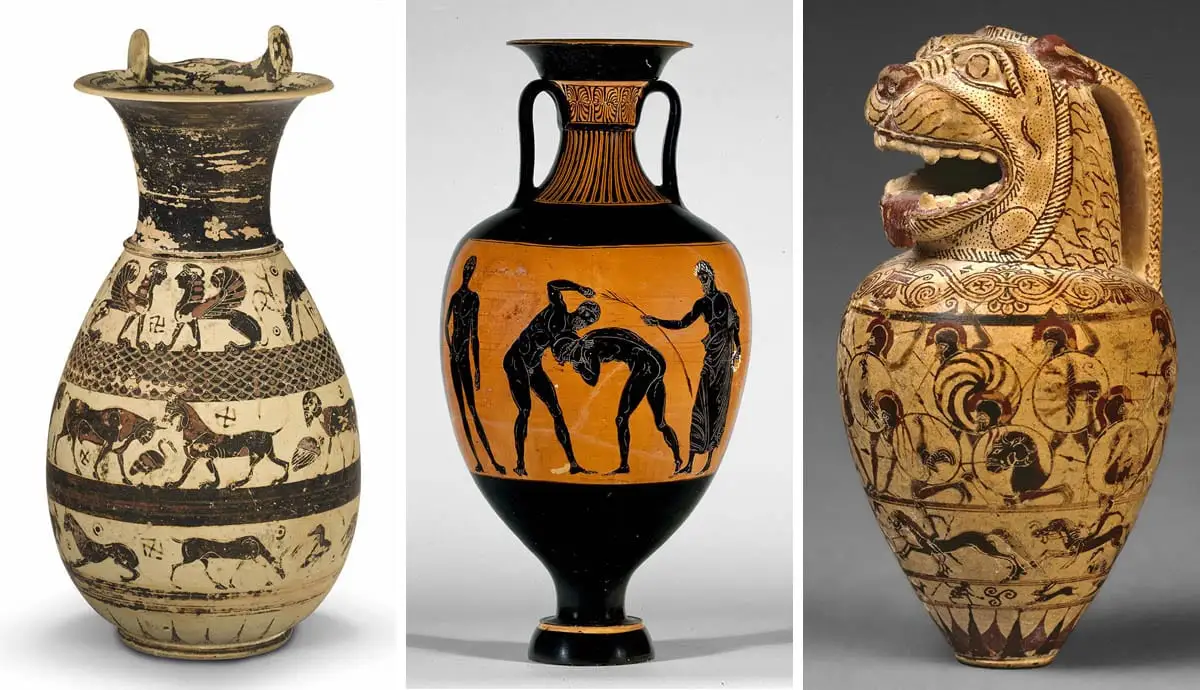Bahian Baroque is a striking artistic style that flourished in Bahia during Brazil's colonial period. With its exuberant architecture, richly detailed paintings and satirical literature, the Bahian Baroque left a cultural and architectural legacy of great importance.
In this article, we will explore the historical and artistic context of Baroque in Bahia. We will highlight the Church of the Third Order of São Francisco in Salvador. We will also approach the artists José Joaquim da Rocha and Gregório de Mattos.
Bahian baroque
1.1 Historical and artistic context of the Baroque in Bahia
O Bahian Baroque developed in the 17th and 18th centuries. During this period, Bahia was one of the most prosperous regions of colonial Brazil. Influenced by the riches of sugar cane and the trade of enslaved people, Baía de Todos os Santos underwent major changes in its culture and architecture.
1.2 Characteristics of Bahia Baroque
The Bahian Baroque stood out for its exuberant ornamentation, with great use of curves, decorative details and golden elements. The baroque churches in Bahia are outstanding examples of this style, with richly crafted facades and altars adorned with wooden carvings. In addition to architecture, the Bahian Baroque was also manifested in paintings and sculptures, presenting religious themes and realistically portraying holy figures.
1.3 Cultural and architectural importance
The Bahian Baroque played a fundamental role in the cultural and architectural formation of Bahia. Its churches, such as the Igreja da Ordem Terceira de São Francisco in Salvador, have become true artistic treasures. They represent the wealth of the state in the colonial period.
In addition, the Bahian Baroque highlights the contribution of local artists. It demonstrates that they managed to adapt European influences to the regional context, creating a unique artistic identity.
2. Baroque Bahian architecture: The Church of the Third Order of Saint Francis in Salvador

2.1 Church history
The Igreja da Ordem Terceira de São Francisco is one of the main examples of baroque architecture in Bahia. It is a good example of colonial architecture. Its construction began in 1702 and was completed in 1723. The church was built by the Third Order of San Francisco, a religious brotherhood whose objective was to assist the poor and sick.
The building underwent several renovations over the years, preserving its magnificence and richness of details. Its location is in the Historic Center of Salvador and at the time of its construction Salvador was still the first capital of Brazil.
2.2 Architecture and decorative details
The architecture of the Igreja da Ordem Terceira de São Francisco is impressive. Its façade features a profusion of Baroque elements, with twisted columns, a triangular pediment and ornamental statues. The interior of the church is equally magnificent.
It enchants visitors with altars carved in golden wood, paintings on the ceiling and walls and a wealth of details. Undoubtedly one of the most beautiful buildings in architecture of Salvador.
2.3 Listing and recognition
Due to its historical and artistic importance, the Igreja da Ordem Terceira de São Francisco was listed by the National Historical and Artistic Heritage Institute (IPHAN) in 1939. It was also nominated for the election of the 7 Wonders of Brazil.
This official recognition guarantees the preservation and conservation of the Brazilian cultural heritage. It allows future generations to appreciate the grandeur of the Bahian Baroque and understand it as one of the historical heritage of national architecture.
3. Baroque Bahian painting: José Joaquim da Rocha

3.1 Biography and artistic influences
José Joaquim da Rocha was a renowned painter who lived in the Baroque period of Bahia. Little is known about his life, but his work reveals European influences, mainly from the Italian and Flemish school, mixed with local elements. Rocha contributed to the development of Baroque Bahia with his religious paintings, depicting biblical scenes and holy figures.
3.2 Works and contributions to the Bahian Baroque
The works of José Joaquim da Rocha are notable examples of Bahian Baroque. His paintings, present in several churches in Bahia, are characterized by the expressiveness of the figures, richness of detail and use of vivid colors. Rocha contributed to the dissemination of Bahian Baroque, leaving an artistic legacy of great importance to the bahian culture.
4. Baroque poet from Bahia: Gregório de Matos, the satirist

4.1 Life and historical context
Gregório de Matos, known as “Boca do Inferno”, was born in Salvador around 1636. poet who lived in the Bahian Baroque period. Matos was a controversial and ironic character, who portrayed colonial society, its contradictions and injustices in his verses. His satirical poetry and social criticism marked the Bahian Baroque and left an important literary legacy.
4.2 Literary style and topics addressed
Gregório de Mattos' literary style is marked by satire, irony and scathing criticism. In his verses, he addressed various themes, such as corruption, religious hypocrisy, social inequality and the vices of colonial society. Mattos used vigorous and popular language, approaching the people and denouncing the injustices of his time.
4.3 Legacy and importance for Brazilian literature
Gregório de Mattos is considered one of the forerunners of Bahian literature. His satirical and irreverent poetry, although it earned him enmity and persecution, left an important legacy for national literature. His work, which mixes the baroque style with popular elements, reveals the contradictions and complexity of Brazilian colonial society. It is a faithful portrait of its time.
5. Conclusion
The Bahian Baroque represents a true cultural treasure of Bahia. Through its imposing architecture, richly detailed paintings, and satirical poetry, Baroque art transports us to the colonial period. It reveals the cultural diversity and artistic expressions of the time. It also allows us to go beyond the baroque of Minas Gerais, mainly Ouro Preto.
The Church of the Third Order of São Francisco in Salvador, the works of José Joaquim da Rocha and the poetry by Gregório de Mattos are outstanding examples of the legacy. Preserving and valuing the Bahian Baroque is essential for us to understand our history and appreciate the cultural richness of the Brazilian Baroque.
5. See also
6. References
History and Architecture of the Church of the Third Order of São Francisco (bahia.ws)
José Joaquim da Rocha – Wikipedia, the free encyclopedia (wikipedia.org)
José Joaquim da Rocha | Itaú Cultural Encyclopedia (itaucultural.org.br)
Gregório de Matos: biography, works and poems – Toda Matéria (todamateria.com.br)
Gregório de Matos: biography, style, works, poems – Brasil Escola (uol.com.br)





2 thoughts on “O Barroco Baiano na arquitetura, pintura e poesia”